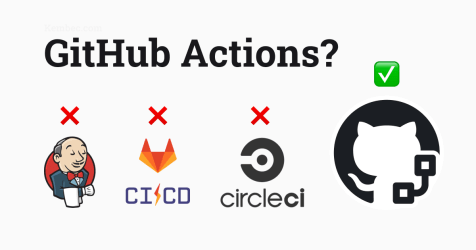7 Tips for Migrating from JavaScript to TypeScript
Migrating from JavaScript to TypeScript can be challenging, but it’s undoubtedly a wise decision in the long run. Why not give your code that extra layer of robustness and clarity? Here are seven fresh tips, complete with code examples, to help you make that transition with more confidence and fewer headaches.

1. Understand the Advantages of TypeScript:
TypeScript is not just JavaScript with types; it’s a powerful tool that helps you catch errors before they happen. For example, type checking allows you to avoid common runtime errors.
// JavaScript
function add(a, b) {
return a + b;
}
add(5, "10"); // Returns "510"
// TypeScript
function add(a: number, b: number): number {
return a + b;
}
add(5, "10"); // Compilation error: Argument of type 'string' not assignable to parameter of type 'number'.2. Initial TypeScript Setup:
Start by installing TypeScript and creating a basic configuration file (tsconfig.json) that defines how TypeScript code compiles to JavaScript.
npm install -g typescript
tsc --init
{
"compilerOptions": {
"target": "es6",
"module": "commonjs",
"strict": true,
"esModuleInterop": true
}
}
3. Basic Types in TypeScript:
Familiarize yourself with TypeScript’s basic types to leverage the language’s type safety.
let isDone: boolean = false;
let decimal: number = 6;
let color: string = "blue";4. Interfaces and Classes:
Use interfaces and classes to define contracts within your code for clearer and more maintainable structures.
interface User {
name: string;
age?: number; // Optional property
}
class Employee implements User {
name: string;
age: number;
constructor(name: string, age: number) {
this.name = name;
this.age = age;
}
}5. Progressive Migration:
You don’t need to migrate your entire project at once. TypeScript supports the coexistence of .js and .ts files, allowing for a smooth transition.
// In tsconfig.json
{
"allowJs": true
}6. Use Linter and Prettier Tools:
Set up ESLint and Prettier to work with TypeScript. This will help you maintain a consistent code style and avoid common mistakes.
npm install --save-dev eslint @typescript-eslint/parser @typescript-eslint/eslint-plugin{
"extends": ["plugin:@typescript-eslint/recommended"],
"parser": "@typescript-eslint/parser",
"parserOptions": {
"ecmaVersion": 2021,
"sourceType": "module"
}
}You can also use my version: Npmjs.com
7. Test and Learn:
Experiment by writing small snippets of code or refactoring small parts of your project. Use the official documentation and learning resources to better understand advanced concepts.
function greet(person: string): string {
return "Hello, " + person;
}
let user = "Jane User";
console.log(greet(user));With these tips and examples, your transition from JavaScript to TypeScript will be more structured and less intimidating. Remember, every small step towards improving your codebase counts, and TypeScript definitely provides the tools to do so effectively. Go ahead and start typing your JavaScript today!





